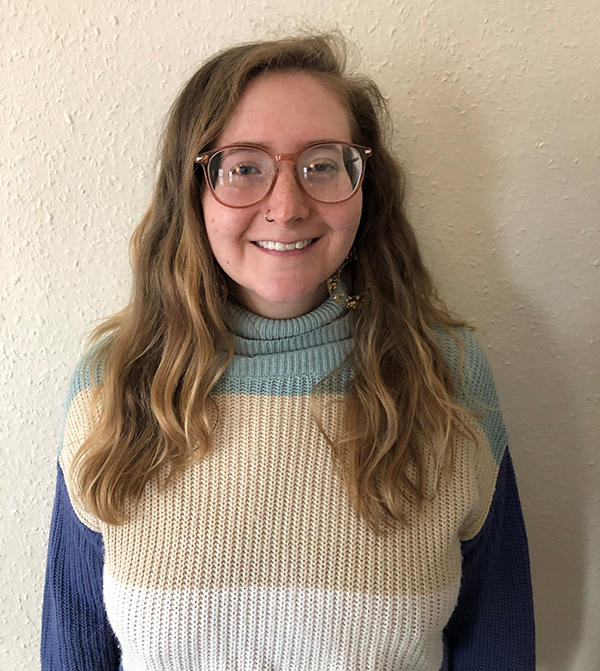An exhibition of photos taken as part of a PhD student’s research will go on display next week.

Emma Smith, a PhD researcher at the University of Worcester, has been exploring the effectiveness of photography as a tool to help those recovering from problem substance use to take back control of their lives and tell their own stories.
Her research uses a research method known as Photovoice to facilitate participants in telling their own stories photography. Each participant was given a digital camera and asked to take pictures that they felt reflected the theme of ‘people, places and things that matter to you’.
The photographs and stories that have come out of Emma’s research can be viewed in two up-coming public exhibitions:
- As part of the Worcester Art Trail, from May 1st - 31st, in the window of the Worcester Porcelain Works reception
- On the outdoor mural wall at the People’s Republic of Stokes Croft in Bristol from June 1st - 30th.

“Photovoice is highly participatory,” Emma said. “Instead of me setting the terms as the lead researcher, the participants chose the theme and they are in control of what story they choose to tell. It’s a nice approach because it makes the research more inclusive.”
The images vary considerably. One participant created a collage of self-portraits that show how they have changed as a person over time, whilst another collection features a shot of the wine isle in a local supermarket where another participant had some of their darkest thoughts.
Emma said many of the participants in her research were glad to have some purposeful activity and the chance to engage in a community activity with people in a similar position.
“One really positive aspect of this work for me is the extent to which the participants want to use Photovoice as a way to tell their own stories and share what their experience of recovery has been like,” Emma said.
Once participants had built their collection of images, they attended an interview with Emma where they were invited to discuss the images and what they represent.

“I think the photos are a really useful tool in helping the interview to be a more valuable experience,” Emma said. “They were a useful intermediary, a way in to talking about difficult subjects. One minute we could be talking about a participant’s wish to reconnect with their child, and the next we were talking about medication.
“Overall, the participants reported that they found the interviews to be a cathartic experience, and Photovoice does appear to be a useful tool in understanding recovery in that regard.”
Emma’s research has revealed that adequate recovery support tools, the role of family and loved ones, and the presence of skilled professionals are all important factors in aiding recovery. It has also demonstrated that Photovoice is a useful tool in helping those in recovery to find their voice and begin to talk more openly about their experiences, but Emma remains realistic about its long-term effectiveness.
“I haven’t processed all the data yet, but I don’t think I could hand on heart say that this experience has changed my participants’ lives,” she said. “Some people claim Photovoice can turn people in to agents of positive change within their own communities, but I’m not sure my research has shown those kinds of lasting effects.”
“I think it helped with the interviews themselves, and the participants definitely felt the benefit of having a purpose and focus to their days, but as for long term effects, I don’t see it at the moment.”
“It’s important to be honest about that because it’s important that participants have realistic expectations about what can actually be achieved when taking part in a Photovoice study,” she added.